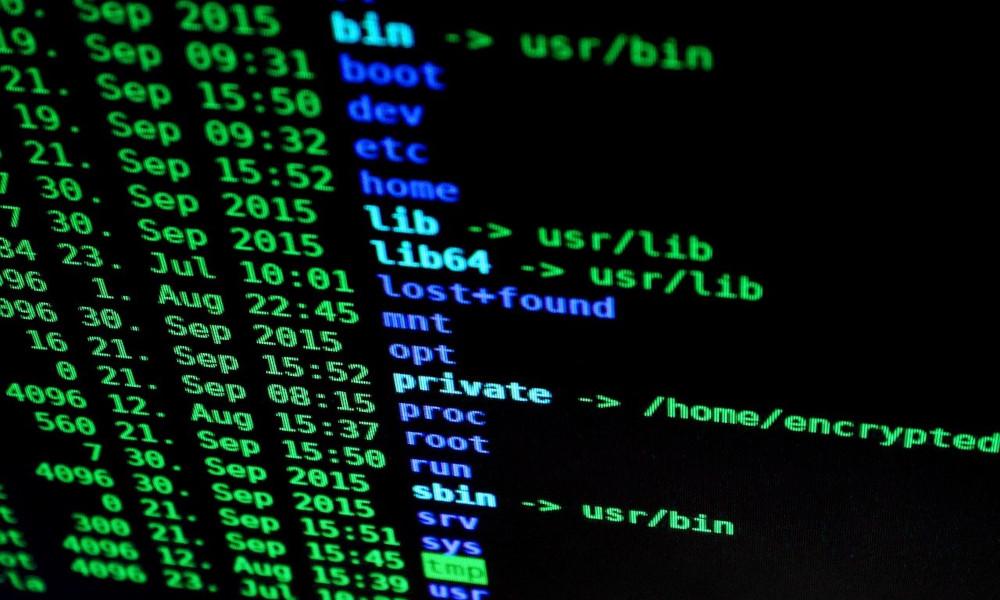Most Used Linux Commands You Should Know! Part-2
 Sampath Kumar Basa
Sampath Kumar Basa
A lot of people find Linux more challenging as an operating system especially when they are coming from the comfort of using Windows or macOS. Here, I'm presenting you the basic but very important Linux commands to give you an in-depth knowledge of how to use your Linux terminal.

Command 1:
cp source_file destination_file
The cp command copies files. The copy is completely independent of the original. You can either copy one file to another, or copy arbitrarily many files to a destination directory.
If the destination file is not present cp will create a new file. If the destination file is present cp will overwrite the file.
Command 2:
cp -R source_dir destintion_dir
The cp command with -R copies directories. The copy is completely independent of the original. You can either copy one directory to another, or copy arbitrarily many directories to a destination directory.
Command 3:
mv source_file destination_file
mv stands for move. mv is used to move one or more files or directories from one place to another in a file system. It has two distinct functions:
(i) It renames a file or folder.
(ii) It moves a group of files to a different directory.
Command 4:
ls
This command is used to list directory contents of files and directories.
Command 5:
ls -lThis command is used to see long listing informationof files/directories.
Command 6
ls -a
This command is used to see the files (visible and hidden).
Command 7:
ls -lh
This command is used to see the size of the files in human readable format.
Command 8:
ls -li
This command is used to see the inode numbers of the files.
Command 9:
ls -lt
This command is used to see the files based on their time stamps
Command 10:
ls -ltr
This command is used to see the files after reversing the time stamps i.e., older files first.
Command 11:
ls -lR
This command is used to see the files recursively present in a directory.
Summary
The key is to use these commands more often in your daily activities. Once you master these commands, it becomes your best ally, and you won’t regret choosing it as your daily driver.
One of the remarkable things about Linux is that even if you’re an experienced user, you’ll never stop learning to be more productive using it.
There are a lot more helpful Linux commands. If we’ve left something out, please share your favorite Linux commands in the comments below!
Happy Learning!
Community and Social Footprints :
Subscribe to my newsletter
Read articles from Sampath Kumar Basa directly inside your inbox. Subscribe to the newsletter, and don't miss out.
Written by

Sampath Kumar Basa
Sampath Kumar Basa
Infra as Code (IaC) | AWS Hero | Teacher | Mentor | Youtuber | -> Way to Cloud & MLOPS